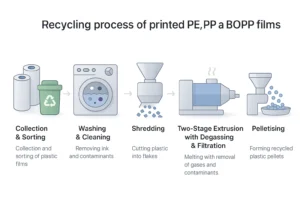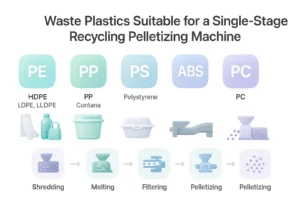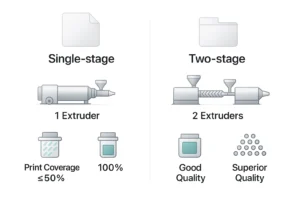Plastic Film Squeezer & Densifier Systems play a crucial role in modern plastic recycling. By efficiently removing moisture and compacting loose plastic films, they prepare the material for further processing and significantly reduce storage and transportation costs. Two key performance indicators for these systems are compressed density and compression ratio. This article explores what these terms mean, typical values based on industry research, and factors influencing them.
How does the densifying line improve plastic recycling efficiency
The PP/PE Film Shredding and Densifying Line enhances plastic recycling efficiency through several key functionalities: Conclusion:The PP/PE Film Shredding and Densifying Line significantly improves the recyclability of plastic films by converting bulky, wet, and contaminated waste into dense, dry, and uniform material. This transformation streamlines feeding into recycling equipment, reduces energy and transportation costs, and …



